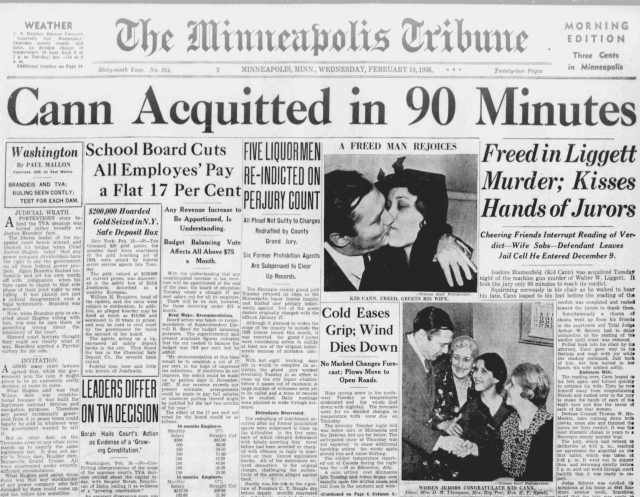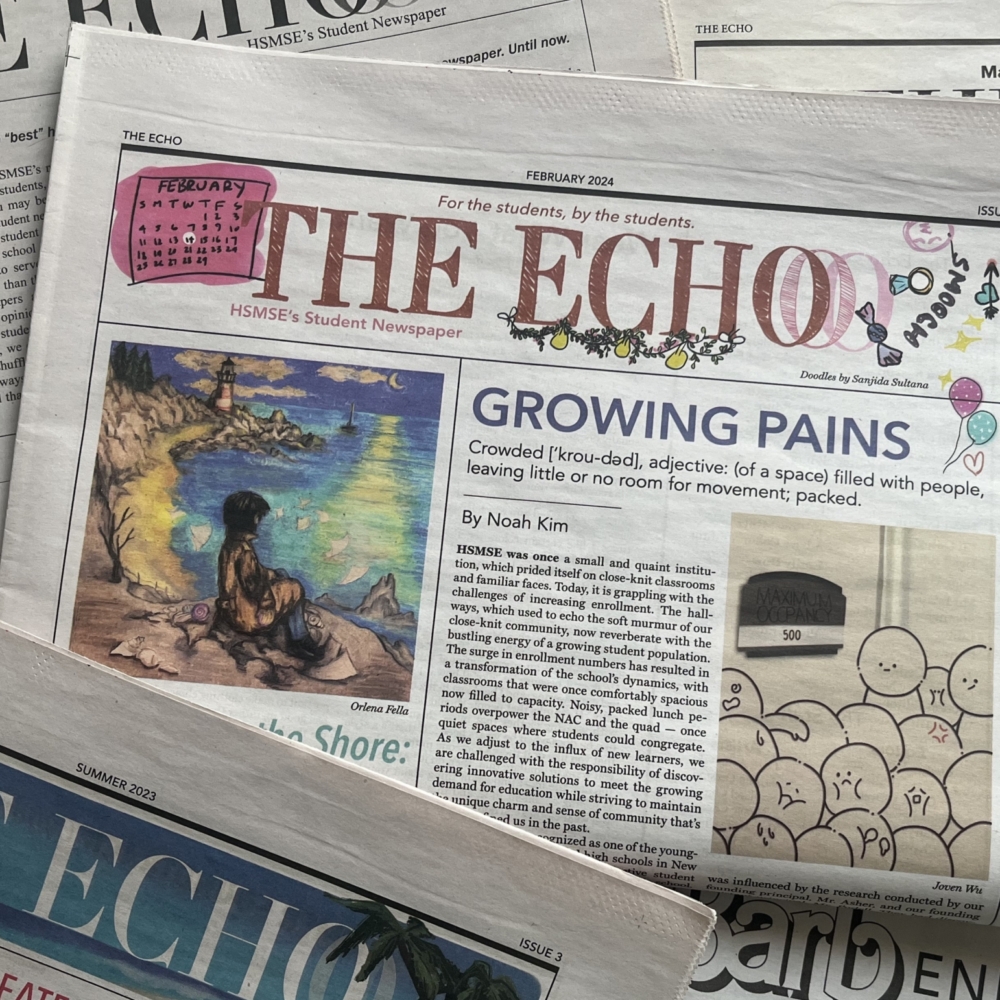Some Known Details About News Articles
Some Known Details About News Articles
Blog Article
Little Known Questions About News Articles.
Table of ContentsOur News Articles PDFsWhat Does News Articles Do?The Facts About News Articles UncoveredLittle Known Facts About News Articles.Getting My News Articles To Work
Excellent understanding of different subjects provides trainees a competitive edge over their peers. Although digital and social networks are conveniently available, we ought to not fail to remember how essential it is to read the papers. Parents have to try and inculcate the habit of reading a paper as a daily routine to proceed the heritage of the revered print medium.News tales likewise include at least one of the following vital features relative to the designated audience: distance, prominence, timeliness, human rate of interest, peculiarity, or consequence.
Within these restrictions, information tales also aim to be thorough. Among the bigger and extra revered papers, fairness and balance is a major factor in providing details.
Papers with an international audience, for example, tend to make use of a much more official style of creating. The certain selections made by an information outlet's editor or editorial board are usually accumulated in a style overview; common design overviews consist of the and the US News Style Book. The main goals of information writing can be summarized by the ABCs of journalism: accuracy, brevity, and quality.
The Facts About News Articles Revealed
As a policy, reporters will not make use of a long word when a brief one will do. News authors attempt to stay clear of using the exact same word more than as soon as in a paragraph (occasionally called an "resemble" or "word mirror").
Headlines in some cases leave out the topic (e.g., "Jumps From Watercraft, Catches in Wheel") or verb (e.g., "Pet cat woman fortunate"). A subhead (likewise subhed, sub-headline, subheading, subtitle, deck or dek) can be either a subservient title under the main headline, or the heading of a subsection of the post. It is a heading that comes before the main message, or a team of paragraphs of the primary text.

of a short article topic, informant, or interviewee), it is referred to as a drawn quote or draw quote. Extra billboards of any of these kinds may show up later in the post (particularly on succeeding pages) to attract additional reading. Journalistic websites often utilize computer animation methods to switch one billboard for another (e.g.
The Best Strategy To Use For News Articles
Such billboards are likewise used as guidelines to the post in various other areas of the magazine or website, or as promotions for the piece in various other magazine or websites. Press launch of the Swiss government. Normal structure with title, lead paragraph (recap in strong), various other paragraphs (details) and call information.

Instance of a hard-lead paragraph NASA is recommending one more space task. The budget plan requests about $10 billion for the job.
An "off-lead" is the 2nd most crucial front web page information of the day. To "hide the lead" is to start the write-up with background details or information of additional value to the readers, compeling them to check out even more deeply into a post than they must have to in order to find the essential factors.
The Definitive Guide to News Articles
Usual use is that one or 2 sentences each create their own paragraph. Reporters typically define the company or framework of a newspaper article as an inverted pyramid. The necessary and most fascinating elements of a story are placed at the beginning, with sustaining details following in order of lessening significance.
It permits people to explore a topic to only the deepness that their inquisitiveness takes them, and without the charge of details or nuances that they could take into consideration pointless, but still making that info offered to much more interested readers. The upside down pyramid framework additionally allows articles to be trimmed to any approximate size throughout format, to fit in the room available.
Some writers begin their tales with the "1-2-3 lead", yet there are lots of kinds of lead available. A twist can refer to several things: The last tale in the information broadcast; a "pleased" story to end the show.
Longer posts, such as publication cover write-ups and the pieces that lead the within areas of a newspaper, are recognized as. Function tales differ from straight information in numerous means.
News Articles - Truths
The reporter commonly information interactions with interview topics, making the item a lot more individual. A function's first paragraphs usually relate a fascinating moment or event, as in an "anecdotal lead". From the details of an individual or episode, its view quickly broadens to generalizations about the tale's subject. The section that signals what a function has to do with is visit called the or billboard.

The Editor's Toolbox: A Referral Guide for Beginners and Professionals (2001) Allan M. Siegal and William G. Connolly. The New York City Times Handbook of Design and Usage: The Authorities Style Overview Used by the Writers and Editors of the Globe's Most Authoritative Paper (2002) M. L. Stein, Susan Paterno, and R.
Report this page